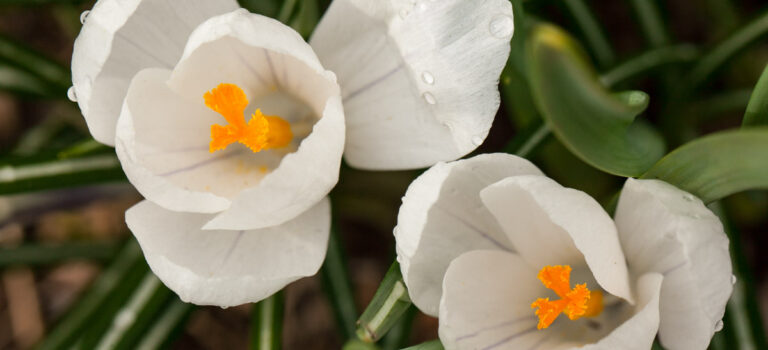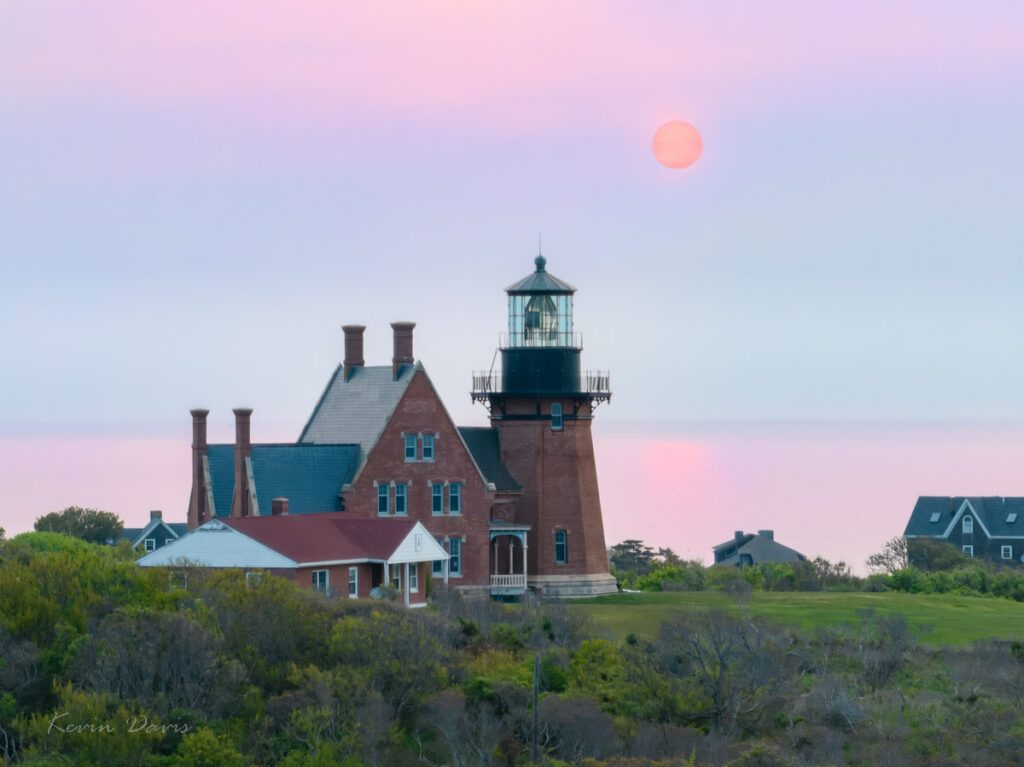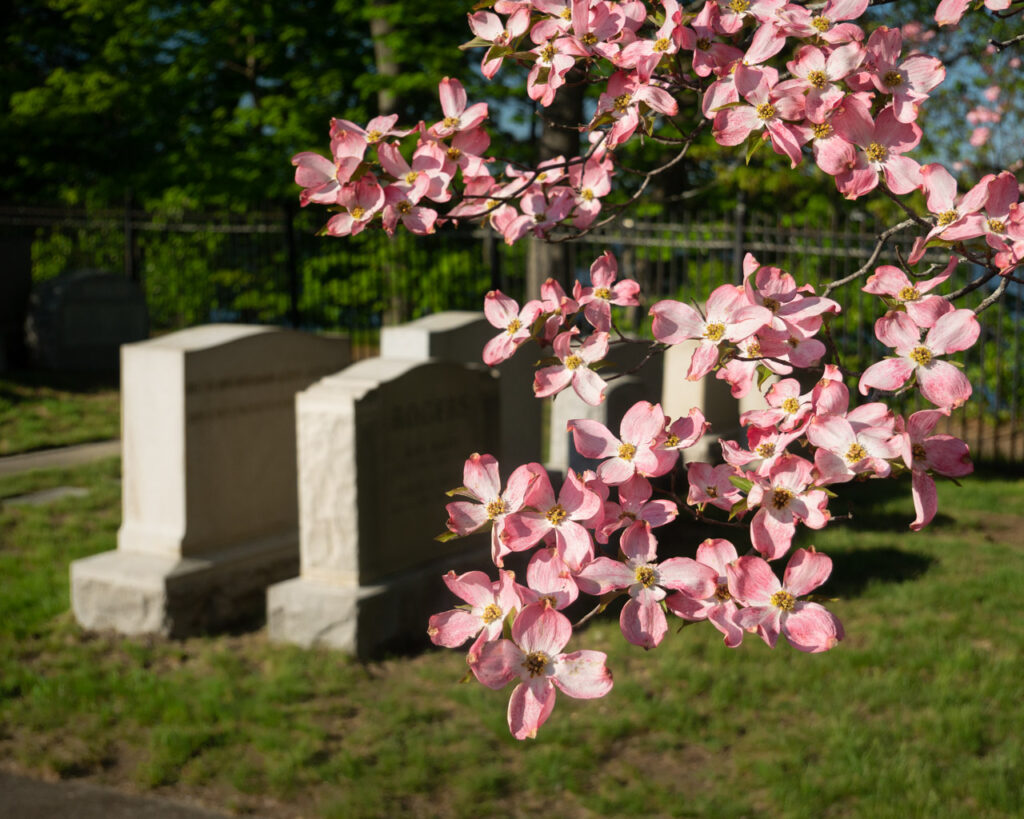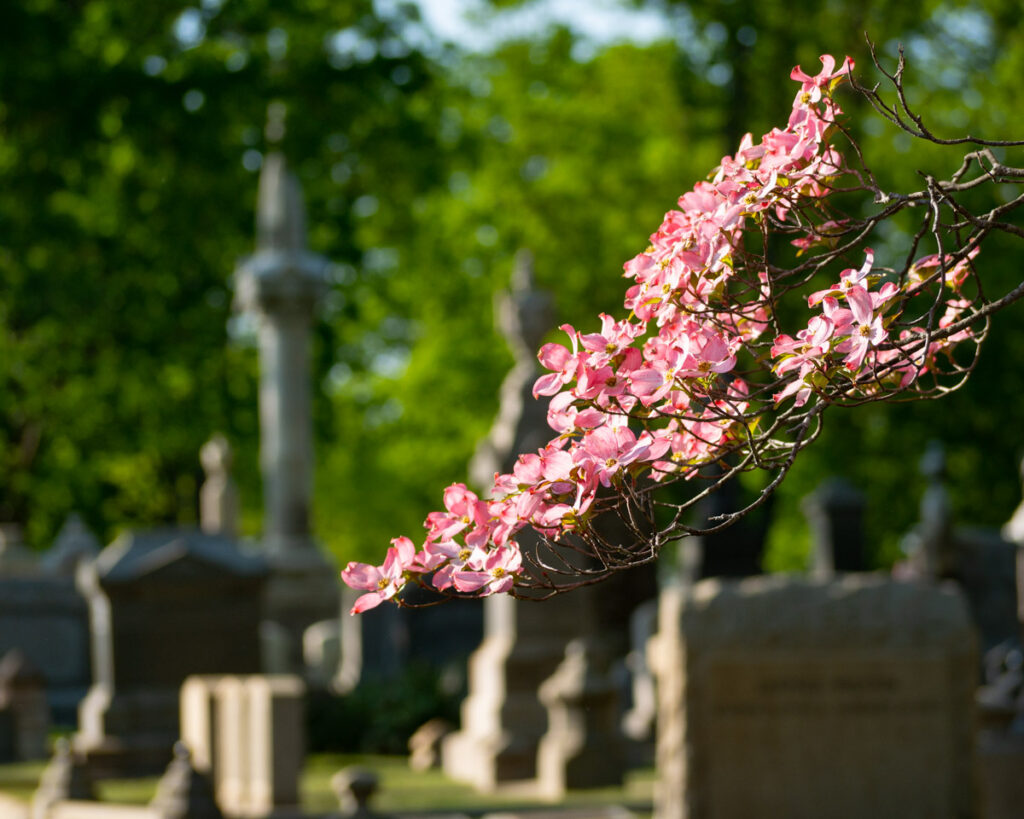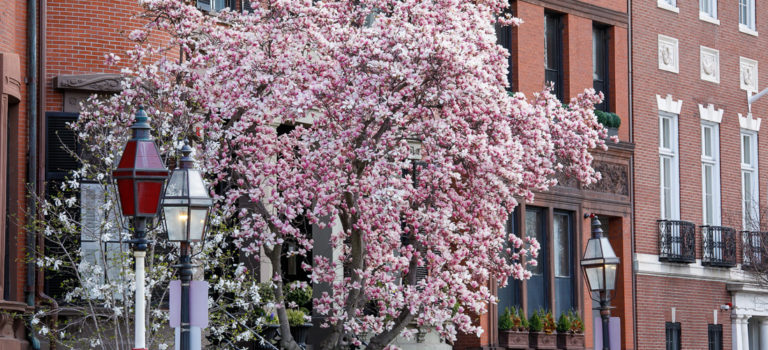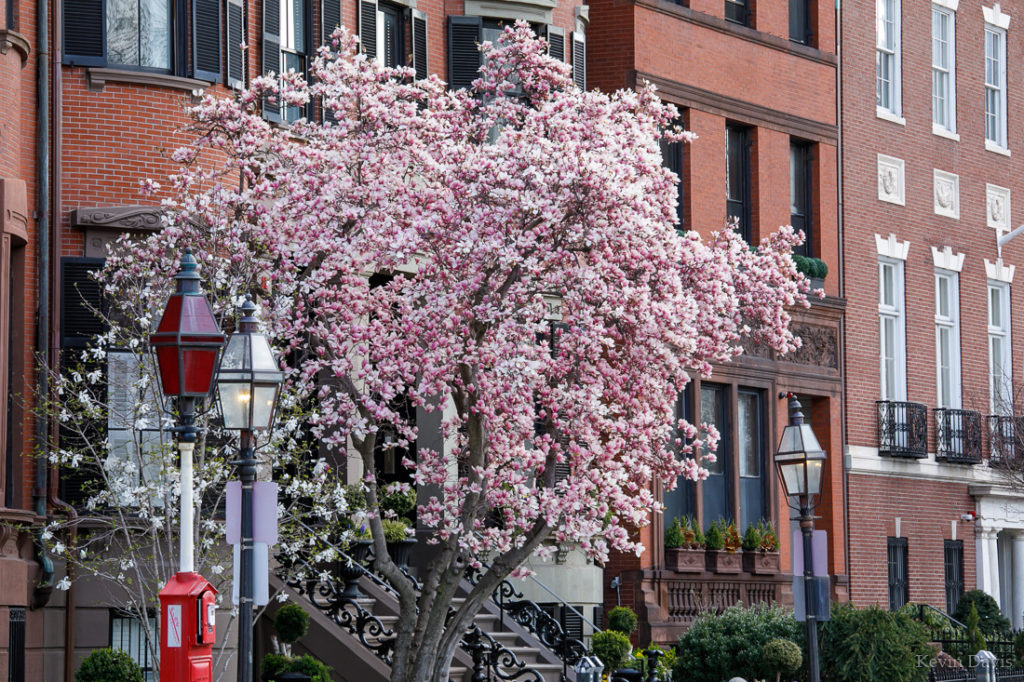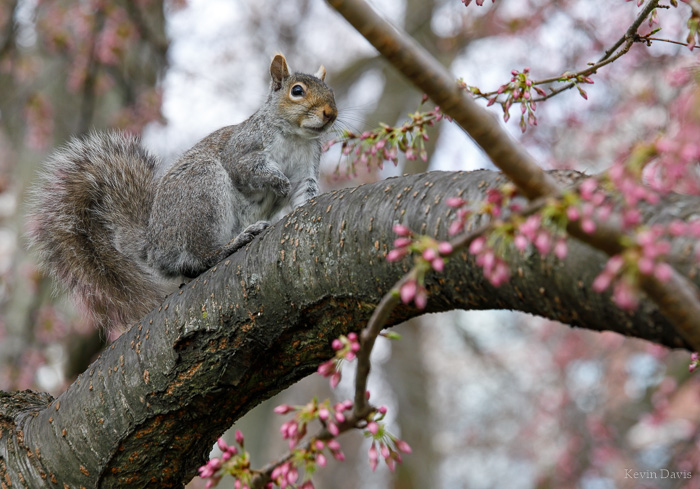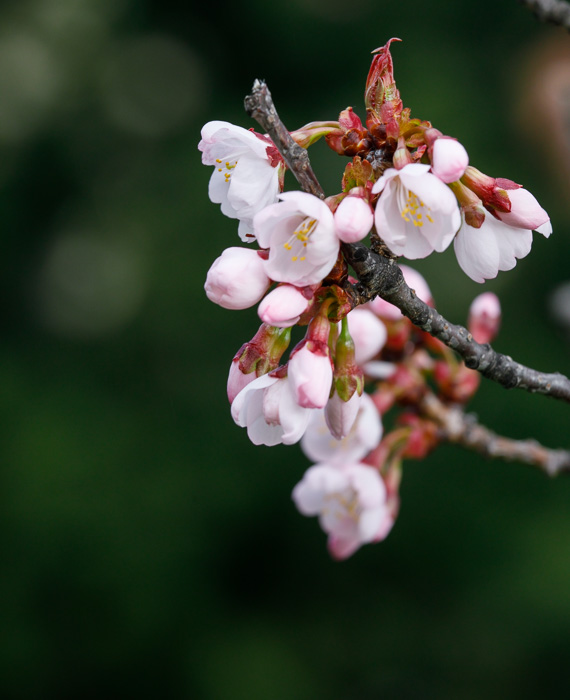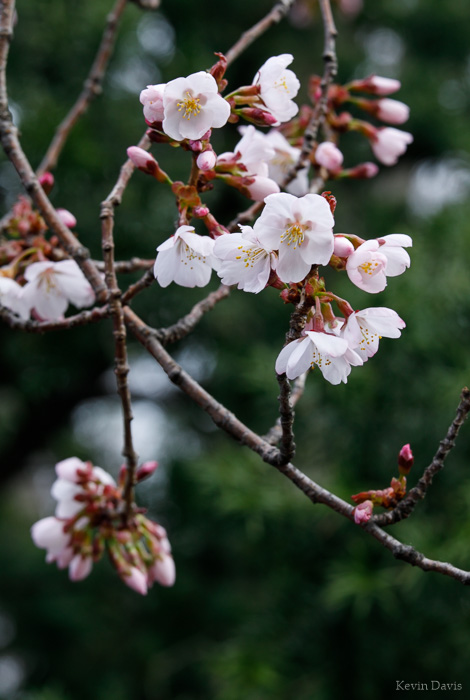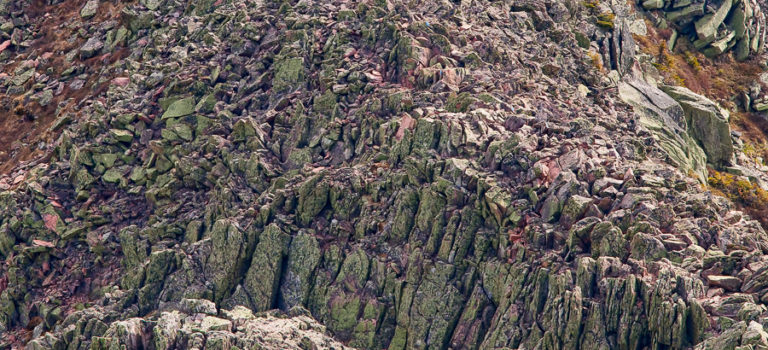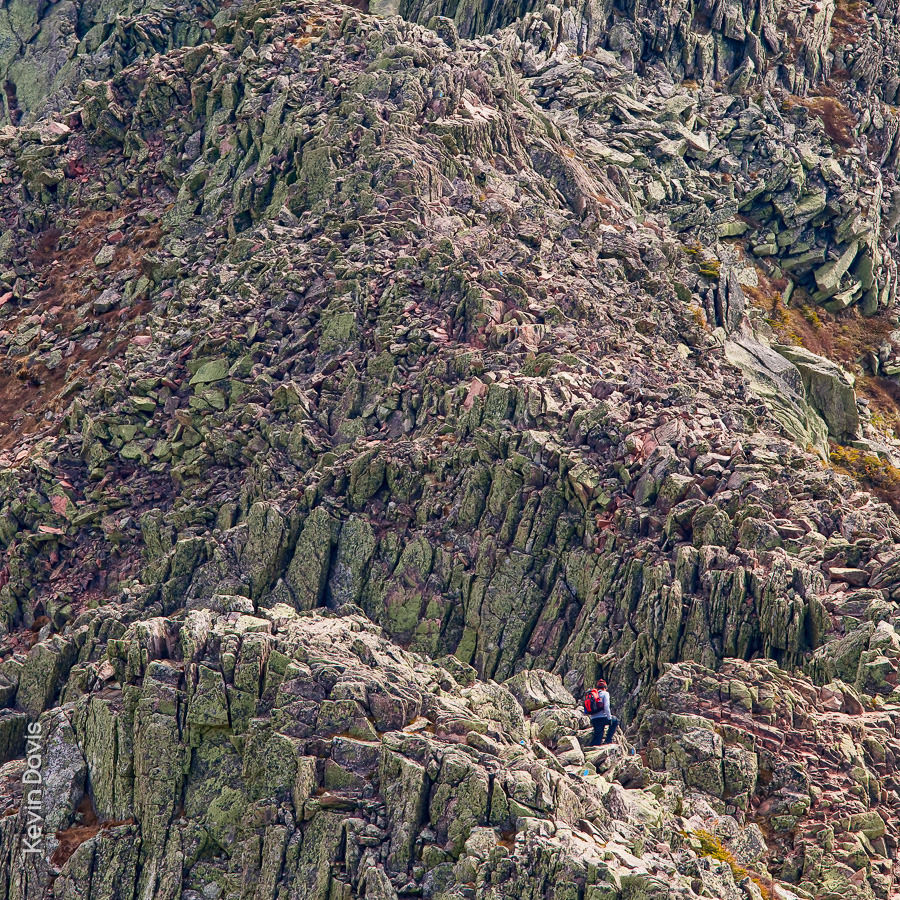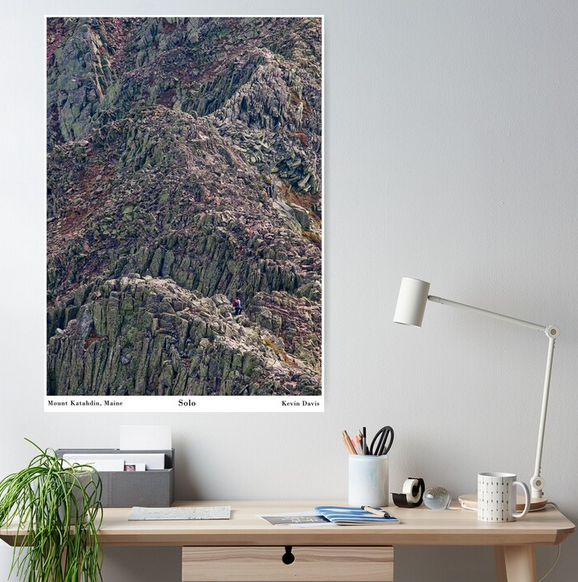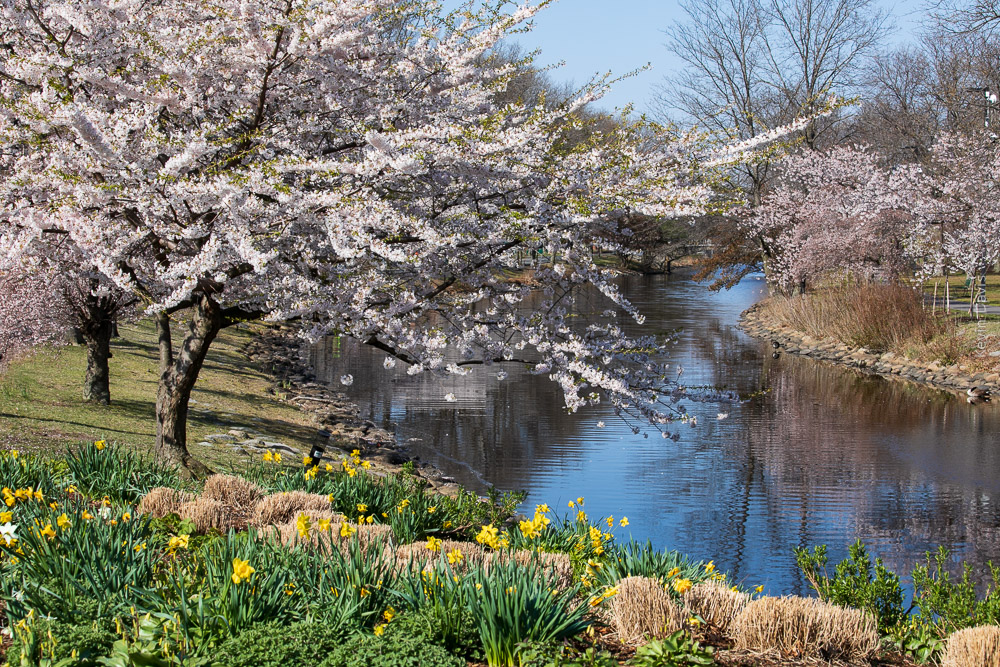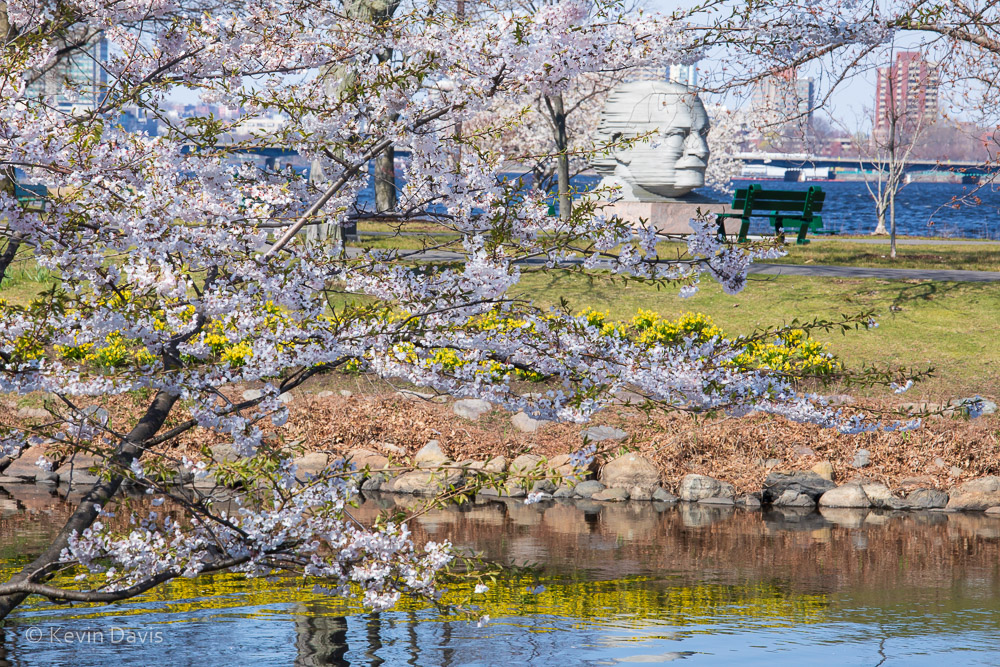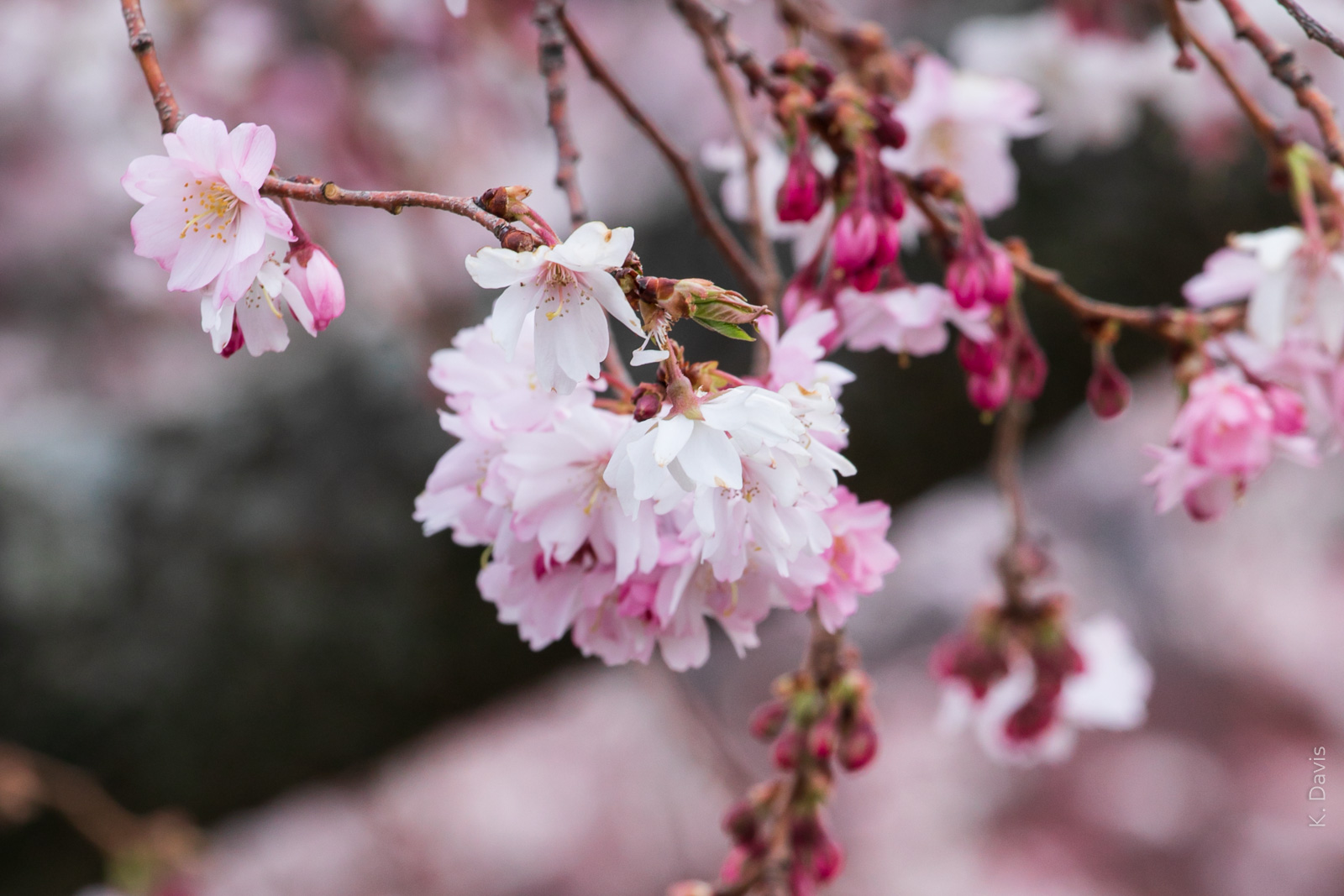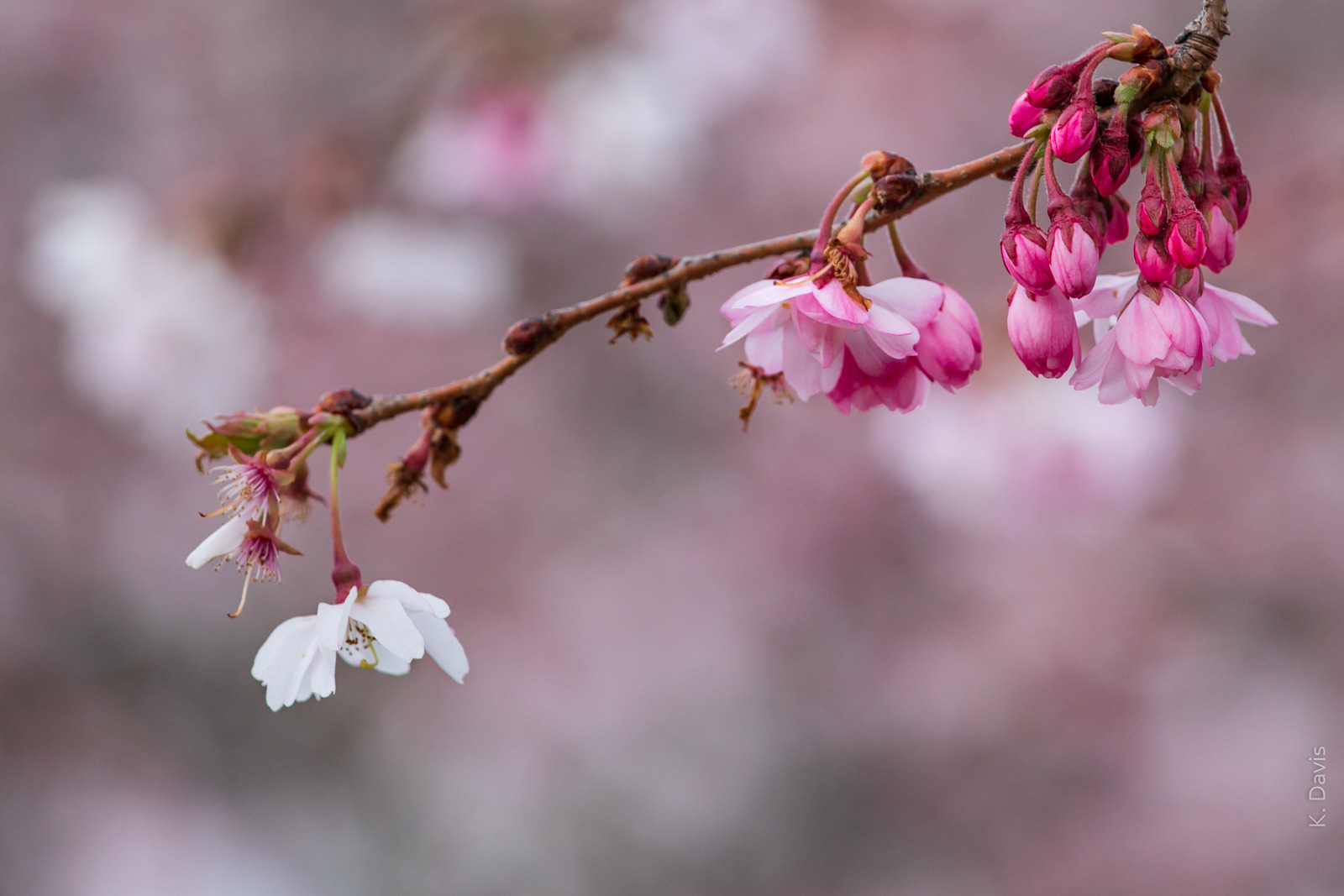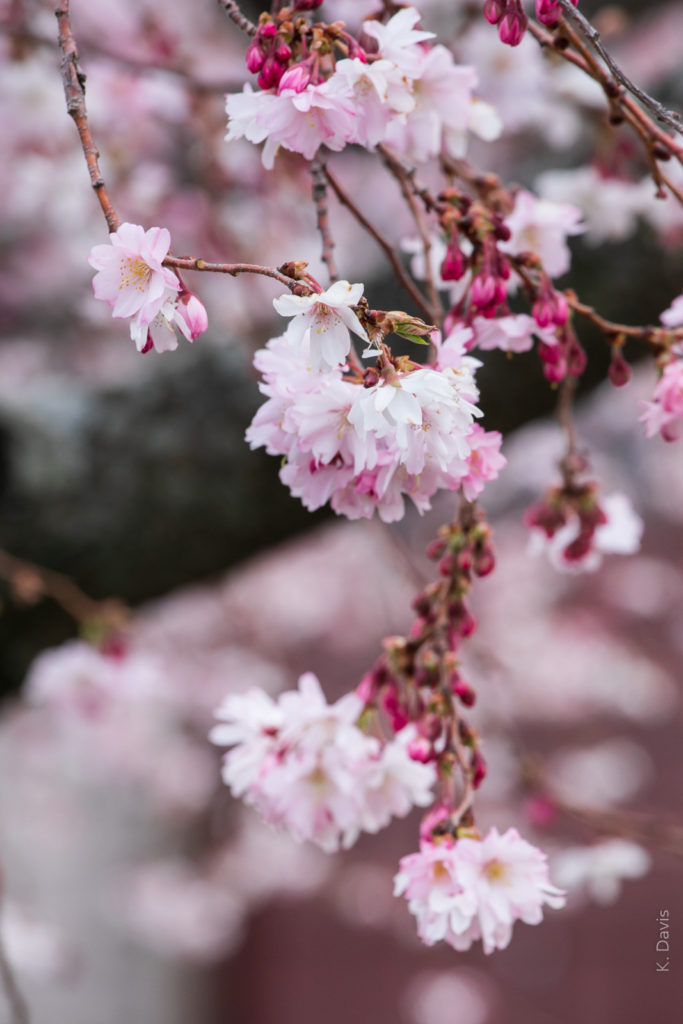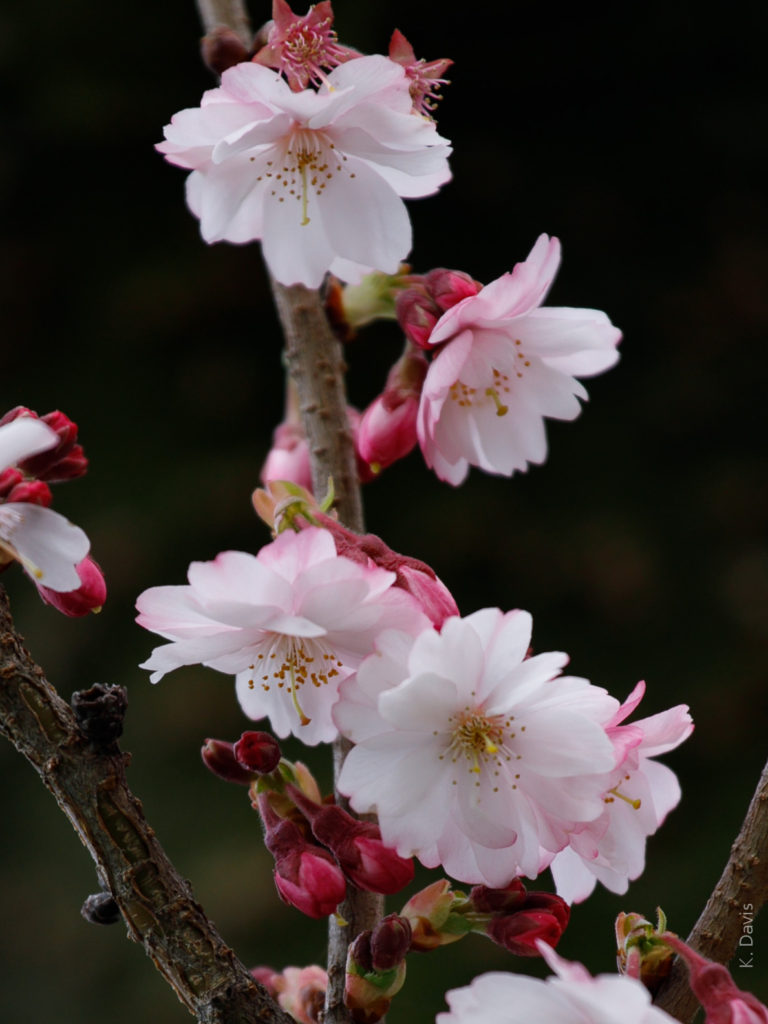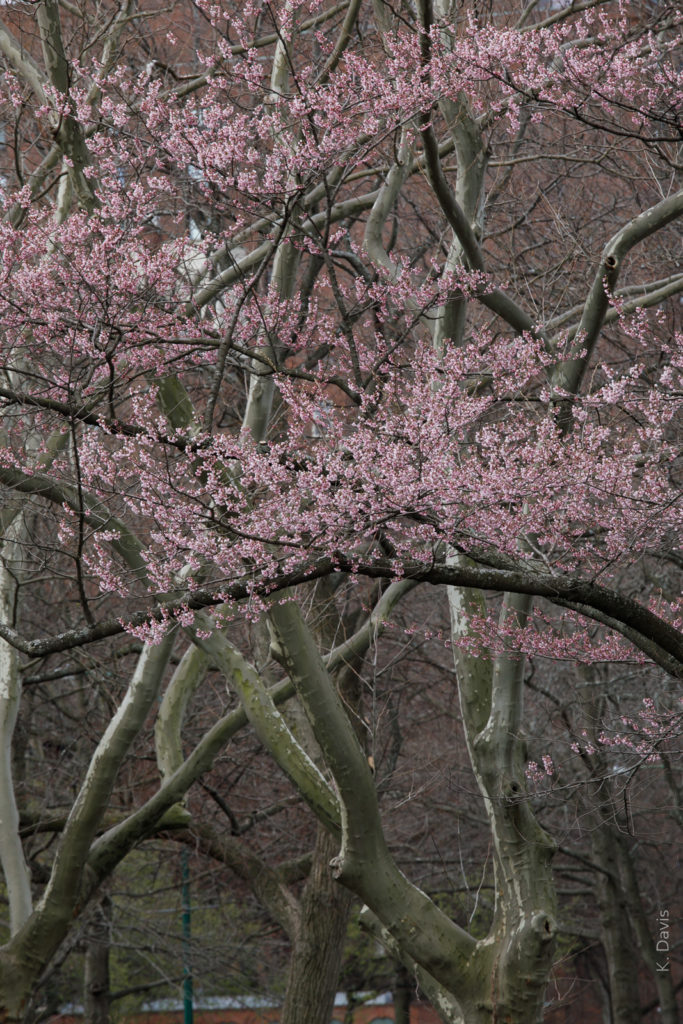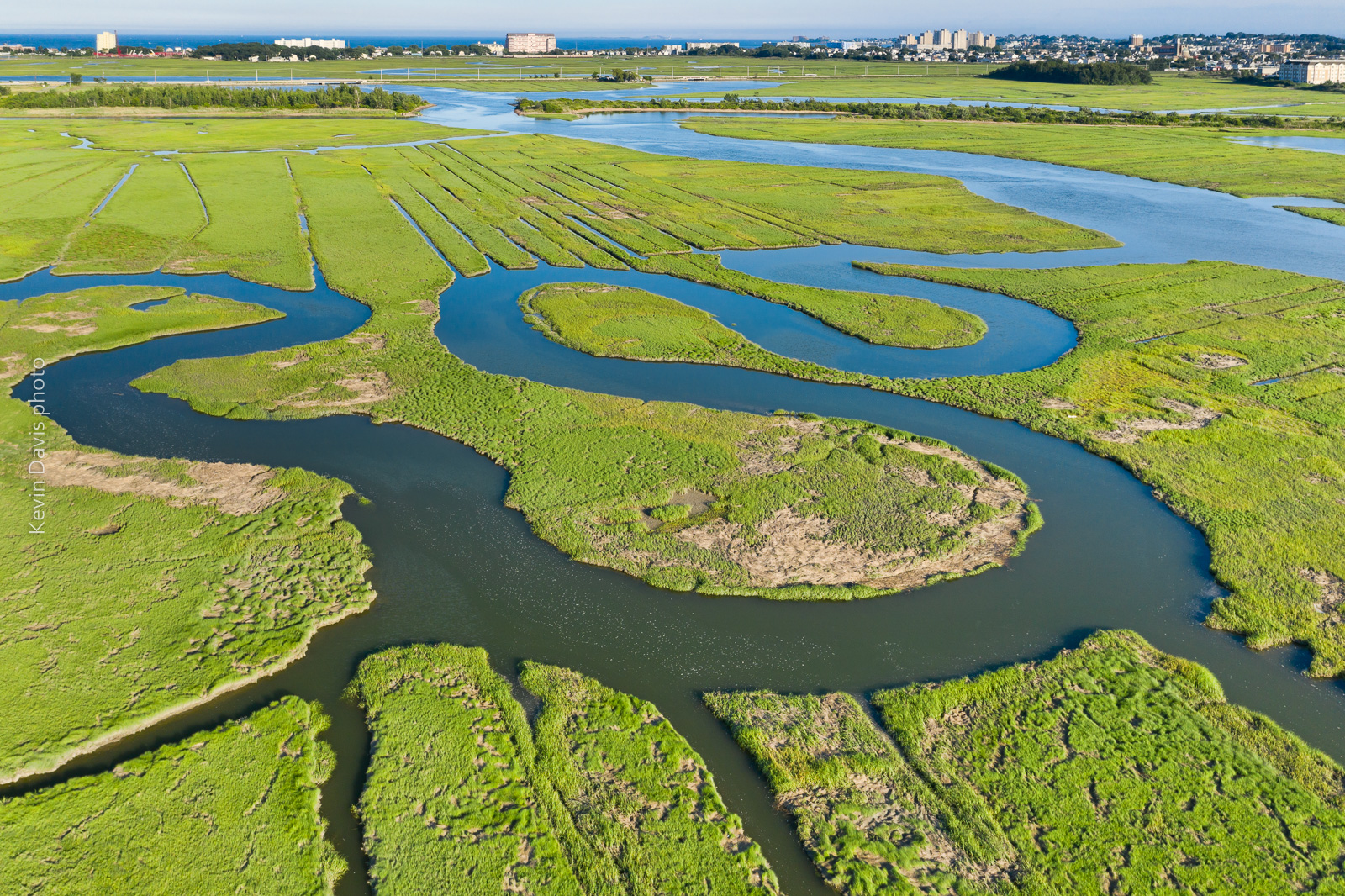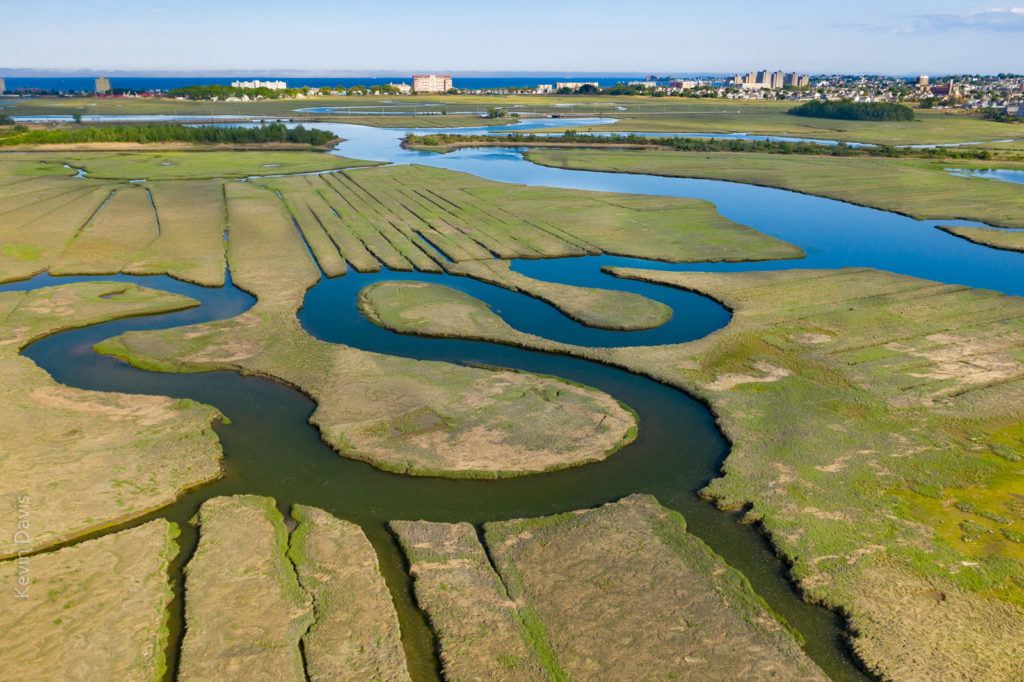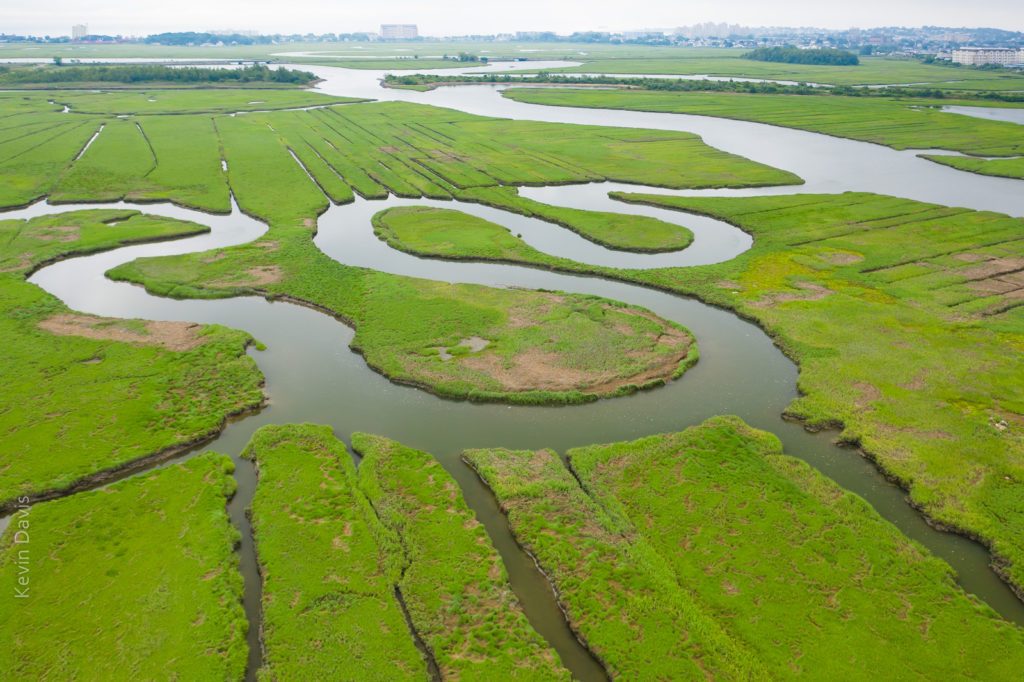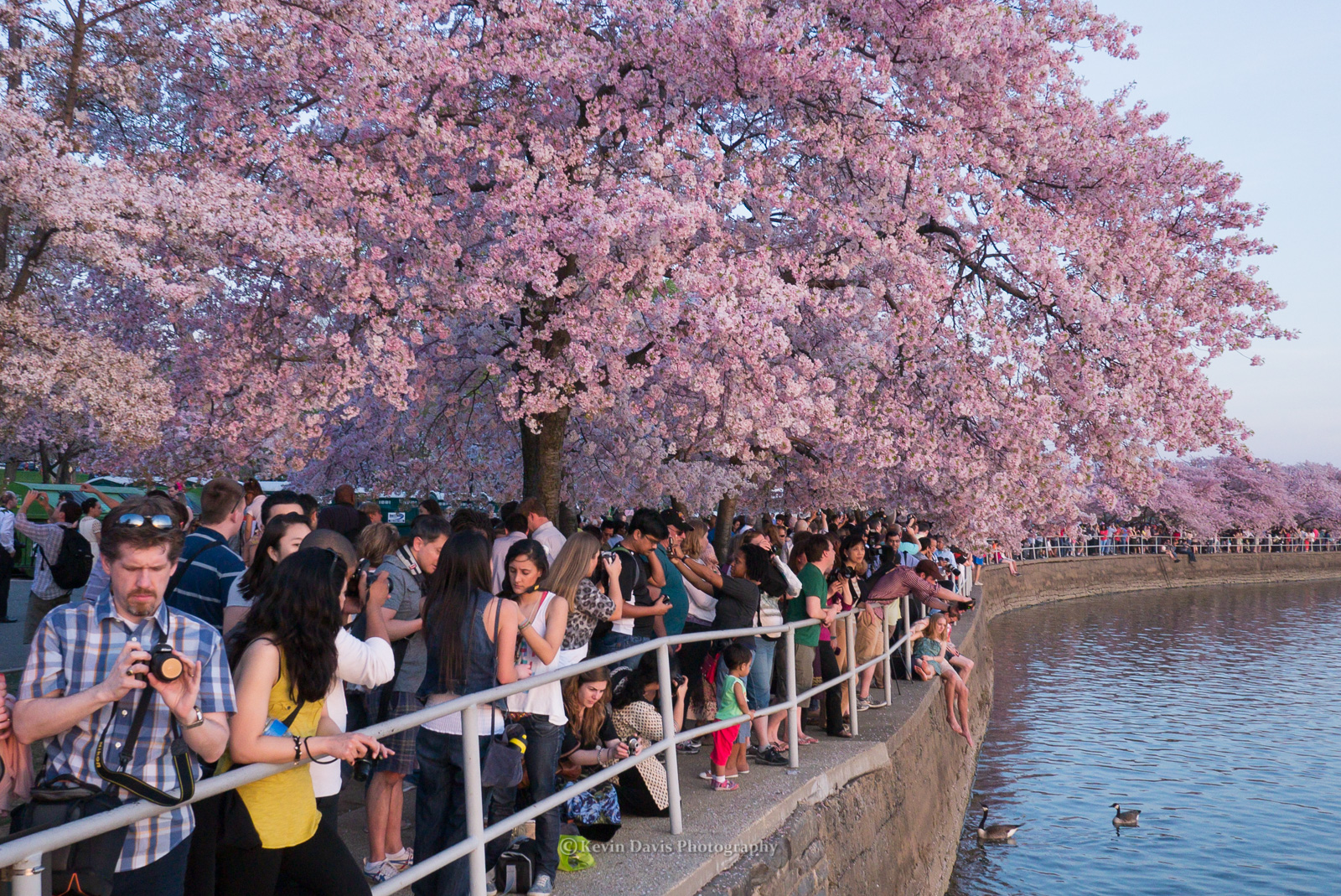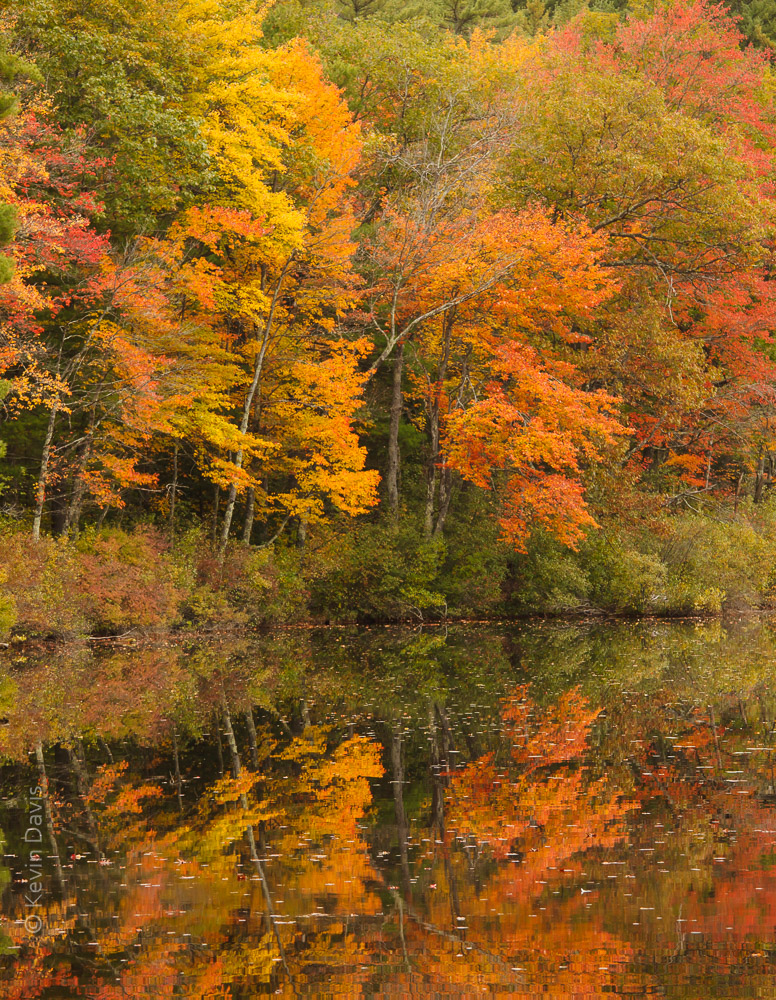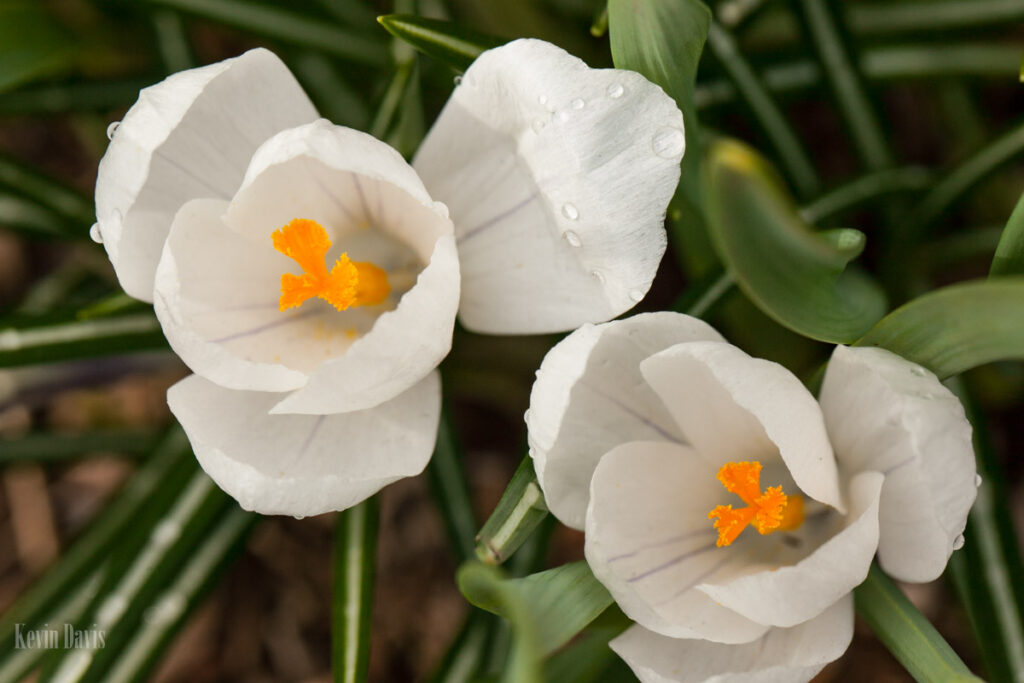
Stick Season
When branches are bare and snow is rare … that’s stick season.
As nature turns grey and quiet, it’s the worst time of year for nature photographers.
Ski Season
When temperatures will allow snow on the ground … that’s ski season.
In northern New England. ski resorts (with snow-making equipment) will typically open in November and close in April.
Love It Or Leave It (a.k.a. Winter)
When natural snow falls and often hangs around for a while … that’s winter.
While many people enjoy winter activities such as skiing, snowmobile … many New Englanders dream of sipping cocktails at a tropical beach far away.
Mud Season
When wet soil can suck the boot off your foot … that’s mud season.
Late March to early May (possibly until Memorial Day), trails may be closed to hikers, ATVs, off-road bicyclists, and cross-country skiers. The Green Mtn Club annually suggests that people avoid trails during mud season because oversaturated soil is vulnerable to both soil compaction and erosion.
Flower Season
When a flowerless world begins to flower, when trees put on a new coat of leaves … that’s springtime.
Crocus can emerge when snow still lies on the ground. When daffodils bloom, then we know all others are soon to follow.
Different species will begin blooming at different times, most from mid April through June.
Flowering-Tree season
When flowers adorn the treetops … that’s flowering tree season.
Around southwest Connecticut, Magnolia can flower in late March. Then flowering cherry trees; then crabapple.
Around northern New England, Dogwood ends the season around the start of June.
Beach Season (a.k.a. Summer)
When people go to the beach and lie in the sun … that’s summer.
Animals roam and browse freely; people roam too, with their warm coats stowed away in closets.
Lobster Season
When lobsters are most active and most abundant … that’s lobster season.
Though lobster fishing is active year-round, peak catch is between late June and late December.
Dog Days
When temperatures are sweltering … that’s Dog Days
Late July to mid August; “dog” days coincides with the year’s heliacal rising of Sirius (in constellation Canis Majoris).
Foliage season
When green treetops are replaced by other colors … that’s autumn foliage
“The reason I far prefer the autumn to the spring is because in autumn one looks up to heaven – in spring at the earth.” Soren Kierkegaard.
And of course …
“When the world seems to shine like you’ve had too much wine … that’s amore.”
